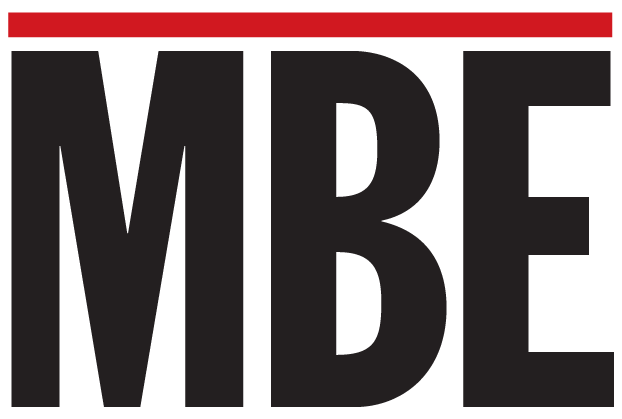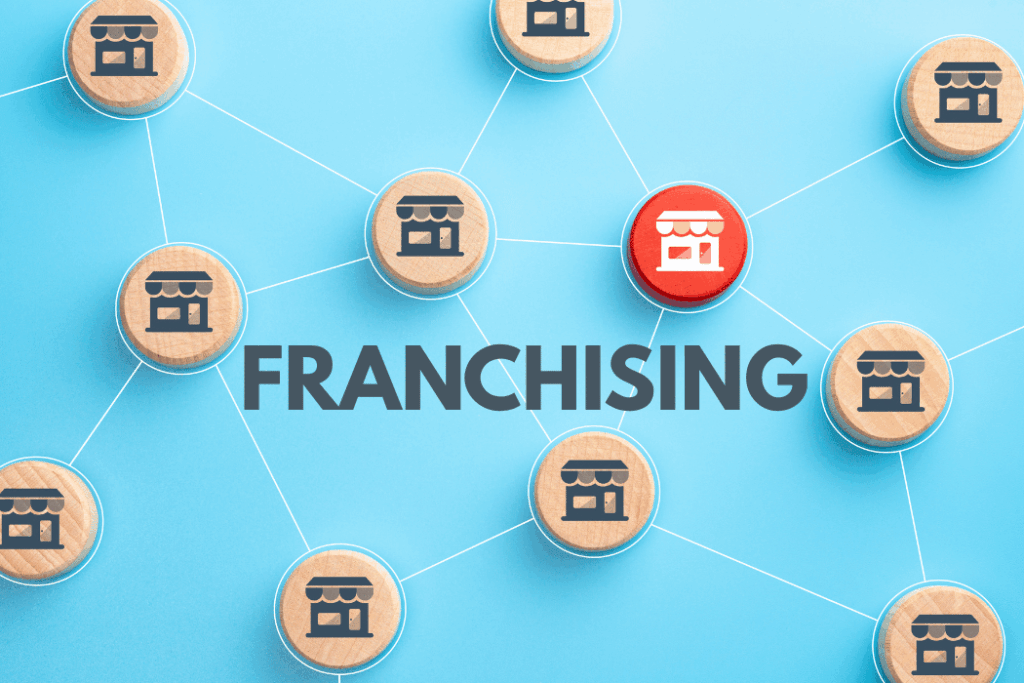
When business leaders set annual goals, reaching them requires a collective commitment by their team. But when significant changes are thrust into the equation as a necessary component for the business’ survival and growth, the challenge can be more difficult as some team members may resist or struggle with new processes, roles, or expectations.
Many change initiatives fail because of a lack of proper tools, techniques and a sound roadmap for forward progress, not simply because commitment is low, says Rick Simmons, who with his wife, Amy Simmons, is the ForbesBooks co-author of Unleashed: Harnessing the Power of Liminal Space.
“Leaders – especially now in a turbulent time, when change is basically mandatory – have a great opportunity to improve their business by creating roadmaps for success,” Rick Simmons says. “Those include necessary changes and shifts that are designed to benefit all involved. Real leaders offer rationale and compelling invitations to change. Others simply try to convince people to change.”
The Simmonses are co-founders of the telos institute (www.thetelosinstitute.com), which helps business leaders embrace change as a strategic advantage. The word liminal, part of the Simmonses’ book title, comes from the Latin word limen, or threshold. “It is a point of transition,” Rick Simmons says, “a space where what has happened in the past no longer applies and what will come hasn’t yet arrived. We define liminal space as a period of discontinuity that creates an openness to change.”
The COVID-19 era, Amy Simmons says, has epitomized the oft-used word “disruption” in the business world, and how leaders respond in spearheading change is critical.
“The key to reaching new heights is how we manage periods of disruption, and how leaders manage their people throughout that process,” she says. “Change is essential but never easy. Adopting a successful roadmap implies that one simply needs to see a plan and a rationale that illustrates why change is needed and what it’s in service of. This allows people to do the very things they would choose to do themselves given the proper information and context.”
Rick and Amy Simmons offer these tips for leaders to help their workforce navigate and embrace change in the new year:
- Surround yourself with a strong leadership team. Steady leaders who are anchored in different parts of the organization can form a strong foundation for deciding on the correct changes, allowing necessary changes to be thoroughly discussed, studied, and coordinated. “Leaders who have been with the company a long time have perspective on where the company has been and how it can stay true to who it is,” Amy Simmons says. “At the same time, others who haven’t been with the company that long offer a fresh perspective. Thinking about change from different angles among the leaders is vital in sifting out the things that cause stagnation or backward movement and building consensus on changes that will create growth.”
- Engage in consistent communication, encourage open dialogue. Rick Simmons says getting across to all the departments the importance and benefits of changes depends on clear communication that has a respectful and positive tone – and welcomes feedback. “A commitment to change as a company means maintaining a commitment to each other,” he says. “Leaders communicating in a purposeful but fair way will effectively cultivate an openness to change among workers during a transitional period – while also remaining open themselves to consider ideas brought by the workforce.”
- Stay rooted: Encourage “letting go” without losing core values. Successful growth and expansion requires rootedness, Amy Simmons says. That means sticking to the company core values, to which the leadership and employees at all levels can continue to hold fast, even when it seems everything else is up in the air. “In order to go forward, you have to get people to let go of old, ineffective ways,” she says. “You have to be willing to change your entire business and strategy, but what should never change are your core values. It can be a struggle to help people parse out that it’s OK to change the way they think through and do things, but you can reassure them that making those adjustments doesn’t change who you are as a company. Sticking to your core values while connecting the changes to them creates a safe space as the transition takes place.”
“It’s never been more clear: No matter how good you were in recent years or even last year, you can’t rest on your laurels,” Rick Simmons says. “Change means opportunity, and the new year is a great chance for you as a leader, your business and the people that make it work, to be better than ever.”













